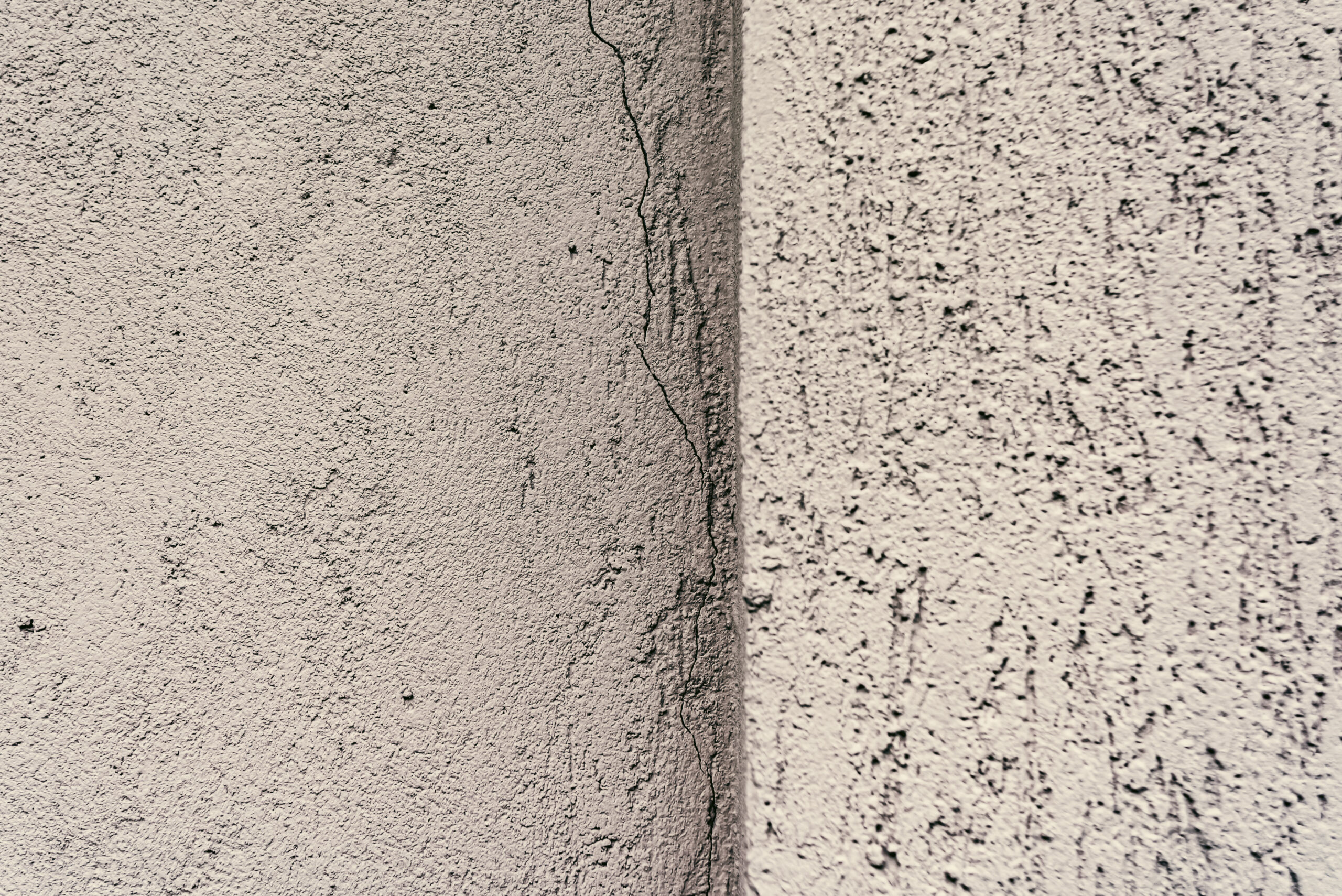Cellular Lightweight Concrete vs. Normal Weight Concrete: What’s the Difference?
Cellular Lightweight Concrete (CLC) is gaining popularity in the construction industry, largely due to its unique properties that set it apart from normal weight concrete. This innovative material, which incorporates air bubbles or foam into the concrete mix, offers several advantages in terms of weight, insulation, and cost, making it an attractive alternative for specific applications. But how does it truly compare with traditional concrete, and what are its disadvantages ? In this article, we’ll explore the differences between cellular lightweight concrete and normal weight concrete , providing a detailed breakdown to help you make the right choice for your project.
What Is Cellular Lightweight Concrete?
Cellular lightweight concrete is a type of lightweight concrete that uses a foaming agent to create air cells within the mixture, reducing its overall density without compromising much on strength. This concrete variant is ideal for applications that don’t require the heavy-duty load-bearing capacity of traditional concrete but benefit from insulation, fire resistance, and ease of installation.
Key Characteristics of Cellular Lightweight Concrete:
- Density: Ranges from 300 to 1800 kg/m³, compared to 2400 kg/m³ for normal concrete.
- Foaming Agent: Mixed into the cement to create small, consistent air pockets, improving insulation properties.
- Insulation: Excellent thermal and acoustic performance due to the air cells.
- Uses: Non-structural components like partition walls, void filling, and insulation.
Lightweight Concrete vs Normal Weight Concrete
While cellular lightweight concrete shares some similarities with normal weight concrete, the two differ in several ways that influence their applications:
1. Weight and Density
- Cellular Lightweight Concrete: As the name suggests, this type of concrete is significantly lighter than normal concrete, with a density of about 300-1800 kg/m³. Its lighter weight reduces the overall structural load, making it ideal for applications like roof insulation, partition walls, and backfill.
- Normal Weight Concrete: The traditional concrete we see in most construction projects has a density of approximately 2400 kg/m³. This heavy weight contributes to its strength, allowing it to handle higher loads and making it ideal for load-bearing structures.
Comparison: In projects where weight reduction is critical—such as high-rise buildings or areas with poor soil conditions—cellular lightweight concrete is advantageous. However, for applications that require high compressive strength, normal weight concrete is the preferred choice.
2. Thermal and Acoustic Insulation
- Cellular Lightweight Concrete: Thanks to its air-entrained structure, CLC offers superior thermal insulation and soundproofing properties. This makes it ideal for climate control in buildings, reducing energy consumption, and minimizing noise pollution.
- Normal Weight Concrete: While extremely durable, normal concrete has poor insulation capabilities and often requires additional materials to improve thermal and acoustic performance.
Comparison: In climates where energy efficiency is a concern or in buildings with stringent soundproofing requirements , cellular lightweight concrete performs better than normal concrete.
3. Workability and Versatility
- Cellular Lightweight Concrete: Lighter and more fluid, CLC is easier to work with. It can be poured and pumped into complex forms or tight spaces with relative ease. It also sets faster due to the presence of less water, reducing project timelines.
- Normal Weight Concrete: Heavier and more difficult to manipulate, traditional concrete requires significant effort and machinery for installation. However, its workability can be improved with admixtures.
Comparison: For complex projects or areas where ease of handling is critical, CLC provides a versatile solution. For projects requiring maximum structural integrity , normal concrete remains the more viable option.
Cost Comparison: Lightweight Concrete vs. Normal Weight Concrete Cost
Cost is a crucial factor in any construction project, and while cellular lightweight concrete can provide savings in certain areas, it may not always be the most cost-effective solution in terms of initial material costs.
- Cellular Lightweight Concrete Cost: The overall cost of CLC can be slightly higher due to the inclusion of foam agents and specialized equipment needed to produce the material. However, when factoring in reduced transportation costs (due to its lower weight) and the speed of installation , it can prove to be more economical over the lifecycle of a project.
- Normal Weight Concrete Cost: Traditional concrete tends to have lower upfront costs because of its widespread availability and simpler production methods. However, the labor costs and transportation expenses for heavier materials can add up, especially on large-scale projects.
Comparison: While CLC might be more expensive upfront, its benefits—such as reduced installation time, lower transportation costs, and potential energy savings—can offset the initial investment. On the other hand, normal concrete offers better cost efficiency for large load-bearing projects.
Disadvantages of Lightweight Concrete
While cellular lightweight concrete has many advantages, it’s important to acknowledge its limitations:
- Lower Compressive Strength: Compared to normal weight concrete, CLC has reduced strength and may not be suitable for heavy-duty load-bearing structures. Its compressive strength ranges from 1 MPa to 20 MPa, whereas normal concrete typically ranges from 20 MPa to 40 MPa or more.
- Higher Initial Cost: As mentioned earlier, CLC can be more expensive to produce due to the specialized materials and machinery required. For smaller, budget-sensitive projects, this might be a drawback.
- Limited Use in Structural Applications: CLC is typically used for non-structural components, such as walls, insulation, or void filling. For applications requiring significant load-bearing capacity, traditional concrete remains the go-to choice.
Applications of Cellular Lightweight Concrete
Despite its disadvantages, CLC is highly versatile and suitable for several construction applications, particularly where weight reduction and insulation are priorities:
- Roof Insulation and Slope Formation
- Partition Walls and Fireproofing
- Void Filling and Floor Leveling
- Precast Blocks and Panels
- Floating Structures
Conclusion
In the debate between lightweight cellular concrete and normal weight concrete , the right choice depends on the specific needs of your project. For projects requiring lightweight materials, thermal insulation , or soundproofing , CLC offers significant advantages. However, for load-bearing structures where compressive strength is a priority, traditional concrete still stands as the best option.
Understanding these differences and choosing the right material can dramatically improve your construction’s efficiency, sustainability, and overall performance.
For more information on which type of concrete is best for your next project, contact Mudjacking Contractor today. We offer expert guidance to ensure you make the most informed decision for your construction needs.

